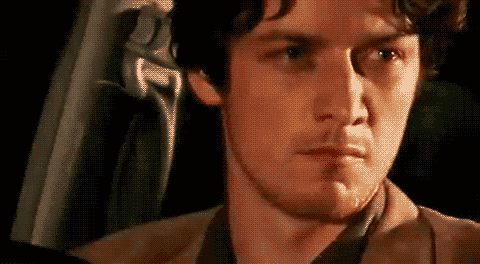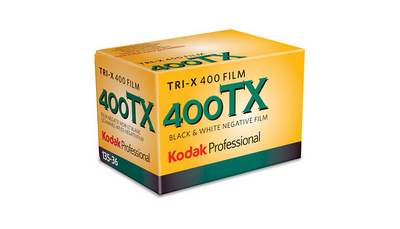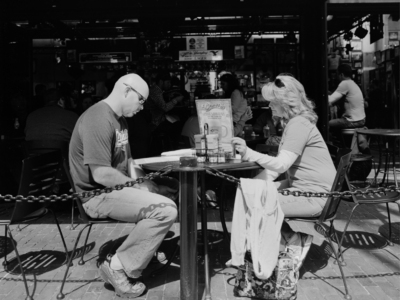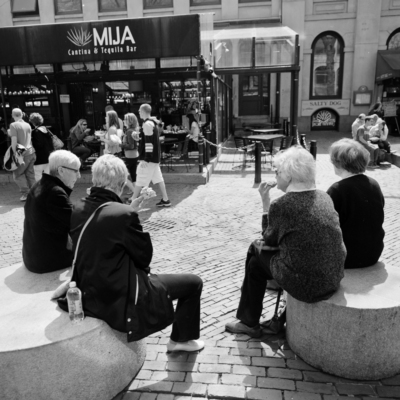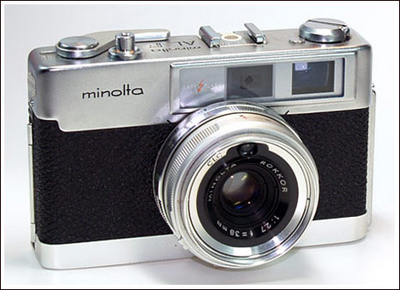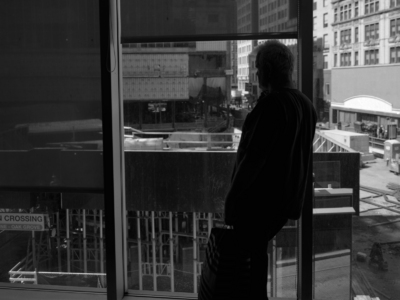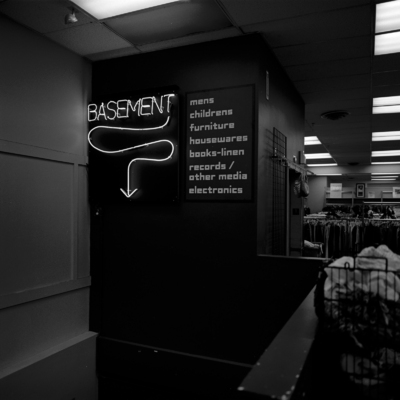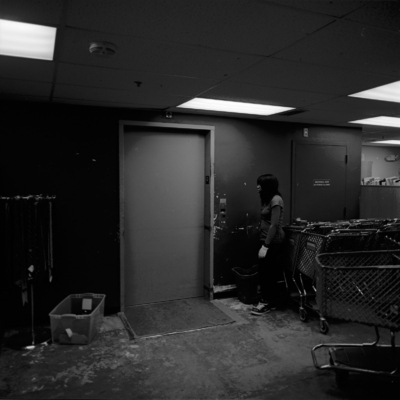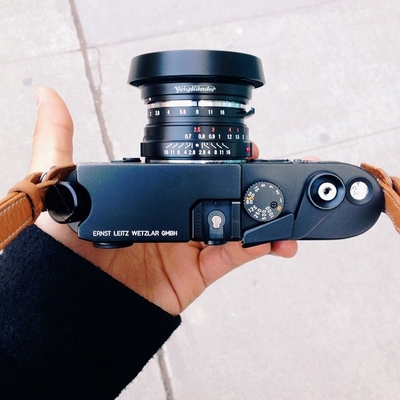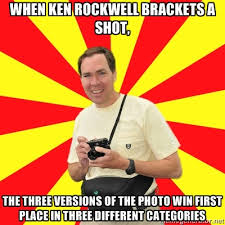Might as well be time to have a dedicated thread on this. Call it a consolidation if you will (or at least another thread to chat about our artz)
Ask film related questions... Post film related discussion topics... Get stoked on real photography with real cameras with real reels of real film...
A quick word on blocking ads

It looks like you are using an ad blocker. That's okay. Who doesn't? But without advertising revenue, we can't keep making this site awesome. Click the link below for instructions on disabling adblock.








